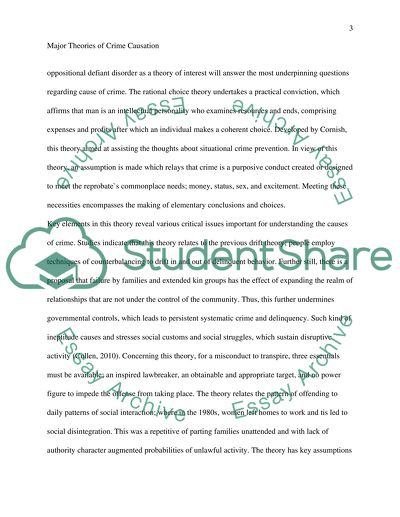Cite this document
(“Major Theories of Crime Causation Essay Example | Topics and Well Written Essays - 1250 words”, n.d.)
Major Theories of Crime Causation Essay Example | Topics and Well Written Essays - 1250 words. Retrieved from https://studentshare.org/law/1483777-write-about-two-theories-from-diffrent-units-using
Major Theories of Crime Causation Essay Example | Topics and Well Written Essays - 1250 words. Retrieved from https://studentshare.org/law/1483777-write-about-two-theories-from-diffrent-units-using
(Major Theories of Crime Causation Essay Example | Topics and Well Written Essays - 1250 Words)
Major Theories of Crime Causation Essay Example | Topics and Well Written Essays - 1250 Words. https://studentshare.org/law/1483777-write-about-two-theories-from-diffrent-units-using.
Major Theories of Crime Causation Essay Example | Topics and Well Written Essays - 1250 Words. https://studentshare.org/law/1483777-write-about-two-theories-from-diffrent-units-using.
“Major Theories of Crime Causation Essay Example | Topics and Well Written Essays - 1250 Words”, n.d. https://studentshare.org/law/1483777-write-about-two-theories-from-diffrent-units-using.


